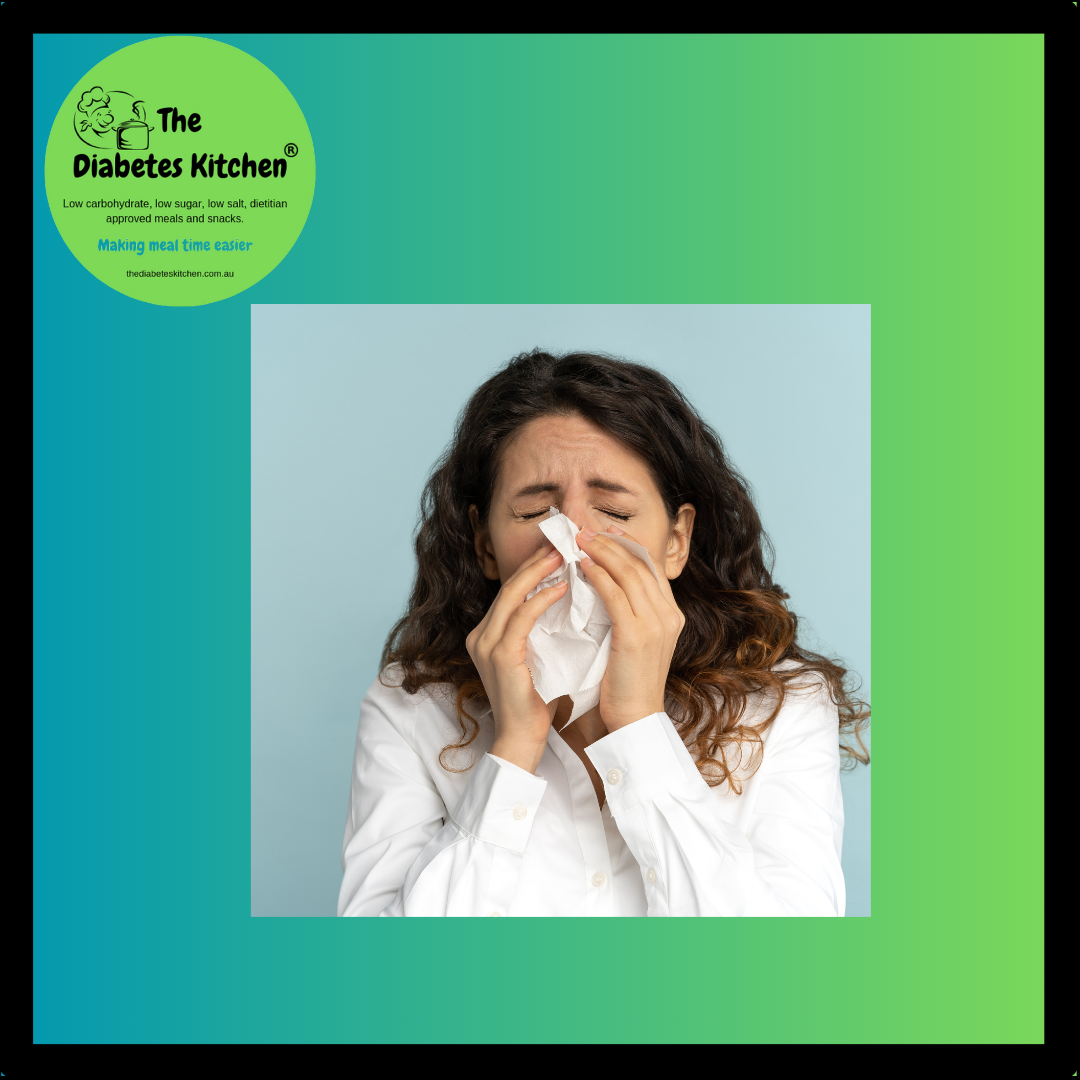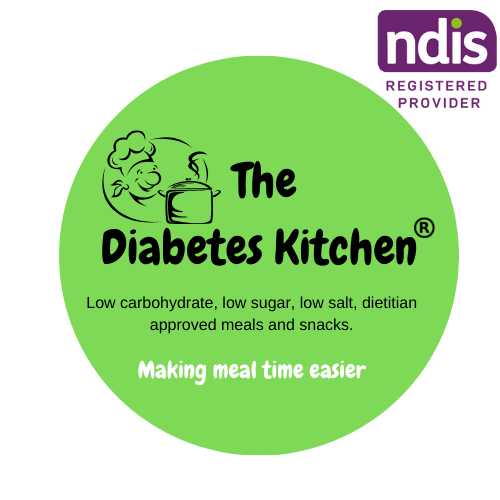Discover why blood sugar levels are more difficult to manage for diabetics when they have a cold or flu. Learn how illness affects glucose control and practical tips for staying on track.
When you’re living with diabetes, you already know that blood sugar management takes daily effort. But have you noticed that your glucose readings often become harder to control when you come down with a cold or flu? This isn’t just in your imagination — illness can significantly impact how your body processes glucose, making management more challenging.
In this article, we’ll explore the reasons blood sugar levels rise during colds and flu, and what people with diabetes can do to reduce the impact.
The Link Between Illness and Blood Sugar
When you get sick, your body goes into defence mode. Fighting off infections like colds or flu requires extra energy, and your immune system signals stress hormones (such as cortisol and adrenaline) to be released.
These stress hormones:
-
Increase glucose production in the liver.
-
Reduce insulin sensitivity.
-
Raise overall blood sugar levels, even if you’re eating less than usual.
For people with diabetes, this natural stress response makes blood sugar harder to control. Even mild colds can cause significant spikes.
Why Diabetes Management Gets Harder with Colds and Flu
1. Stress Hormones Trigger Higher Glucose Levels
Cortisol and adrenaline help your body fight infection, but they also push up blood sugar. This means your normal insulin dose or medication routine may not be enough when you’re sick.
2. Dehydration Worsens Blood Sugar Swings
When you have a fever, runny nose, or are sweating, your body loses fluids. Dehydration makes blood glucose levels more concentrated and can lead to dangerous complications like diabetic ketoacidosis (DKA) in Type 1 diabetes or severe hyperglycaemia in Type 2.
3. Changes in Appetite and Food Intake
Illness often reduces appetite, or makes you crave comfort foods like toast, soup, or sugary drinks. Skipping meals can cause lows, while reaching for high-carb foods can cause spikes. This unpredictability adds to the difficulty of balancing glucose levels.
4. Cold and Flu Medications Can Affect Blood Sugar
Over-the-counter medicines, such as decongestants and cough syrups, often contain sugar, alcohol, or stimulants that raise blood sugar. Some may also interfere with insulin or other diabetes medications.
5. Reduced Activity Levels
When you’re sick, you usually move less. Physical activity normally helps regulate glucose, so being less active means your body isn’t burning through as much sugar, contributing to higher readings.
Why Monitoring is Crucial During Illness
Because illness disrupts glucose balance, frequent monitoring is essential. Experts often recommend checking blood sugar every 2–4 hours while sick. If you use a continuous glucose monitor (CGM), you may see more fluctuations than usual, including higher fasting readings and unpredictable spikes after meals.
For people on insulin, temporary dose adjustments may be necessary under medical guidance. For those with Type 2 diabetes, close monitoring can help decide whether extra care — or medical review — is needed.
Practical Tips for Managing Blood Sugar During a Cold or Flu
-
Stay Hydrated
Sip water, sugar-free electrolyte drinks, or clear broths regularly. Aim for small, frequent sips to avoid dehydration. -
Choose Diabetes-Friendly Comfort Foods
If you can’t eat full meals, try easy-to-digest options that won’t spike glucose, such as sugar-free jelly, Greek yogurt, or vegetable soup with protein. -
Check Labels on Cold Medicines
Avoid syrups or lozenges with added sugar. Ask your pharmacist for sugar-free or diabetes-safe alternatives. -
Monitor More Often
Don’t rely on your usual schedule. Illness requires more frequent blood sugar checks to catch spikes early. -
Rest, But Don’t Skip Movement Entirely
If possible, do light stretches or short walks at home to help keep glucose moving through your system. -
Know the Red Flags
Seek medical advice if you have persistent high blood sugar (above 15 mmol/L), ketones in your urine, vomiting, or signs of dehydration.
The Bottom Line
For people with diabetes, colds and flu are more than just a seasonal inconvenience. The body’s natural stress response, combined with changes in appetite, hydration, and activity, makes blood sugar control more difficult during illness.
The good news is that with careful monitoring, smart food choices, hydration, and medical guidance when needed, you can minimise the impact of illness on your diabetes management.
So next time you catch a cold, don’t be surprised if your numbers are harder to manage — it’s your body’s way of fighting back. But with the right strategies, you can stay on top of both your blood sugar and your recovery.
All our meals and snacks are designed to help manage blood sugar levels.





